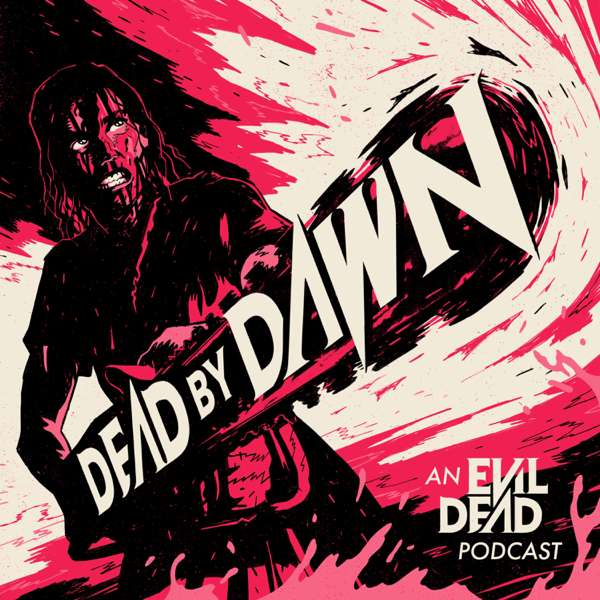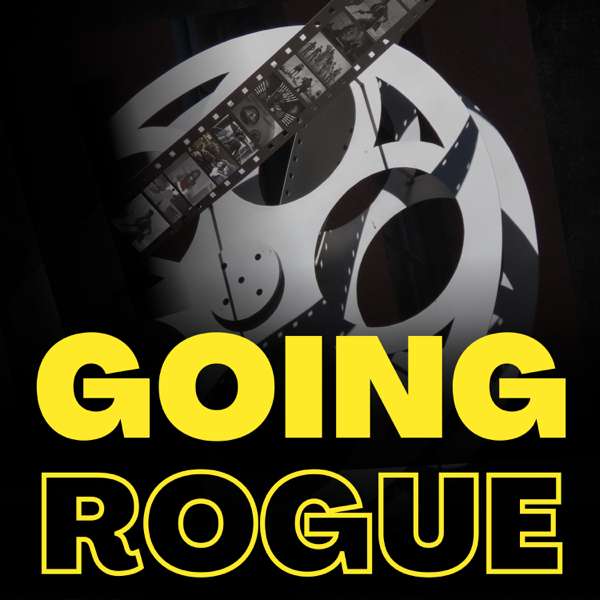شنیدنیهایی برای داشتن یک زندگی بهینه
موضوعات مختلف در فصلهای زیر قرار دارند:
۱- موضوعات عمومی
۲- موضوعات مرتبط با خیانت
۳- دوقطبی (بایپولار یا افسردگی همراه با شیدایی و سرخوشی، منیک دپرشن)
۴- وسواس/OCD
۵- اسکیزوفرنی (روانگسیختگی)
۶- اضطراب و استرس و اختلالات مرتبط
۷- اختلال شخصیت مرزی (بردرلاین)
۸- ازدواج
۹- افسردگی
۱۰- درونپویی (مدیتیشن، مراقبه) و هیپنوتیزم
۱۱- طلاق
۱۲- خشم و عصبانیت
۱۳- زایمان، تربیت فرزند و ارتباط با والدین، بارداری، فرزندخواندگی
۱۴- خوشبختی و موفقیت
۱۵- اعتماد بهنفس و عزت نفس (حرمت نفس)
۱۶- خواب و رؤیا
۱۷- روابط عاطفی (relationships)
۱۸- مفهوم شخصیت (کاراکتر)، کهنالگوها (آرکیتایپها) – تیپهای شخصیتی و اختلالات شخصیت
۱۹- وابستگی و مهرطلبی
۲۰- کتاب
۲۱- یادداشتهای یک روانپزشک
۲۲- مهاجرت
۲۳- تفاوتها و ویژگیهای زن و مرد
۲۴- عدم تمرکز، ADD و ADHD
۲۵- اعتیاد، سوءمصرف مواد و الکل
۲۶- مسائل جنسی، همجنسگرایی، LGBTQ و …
۲۷- شک، پارانویا، بدگمانی، عدماعتماد
۲۸- شغل، کار، تحصیل، انتخاب رشته
۲۹- موسیقی، شعر، دکلمه
۳۰- کمالپرستی/perfectionism
۳۱- آسیبهای کودکی، کودکآزاری
۳۲- خودکشی؛ گمی و گیجی، بلبشو و نابهسامانی
۳۳- تنبلی، کاهلی، اهمالکاری، بهتعویق انداختن کارها
۳۴- درخودماندگی (اوتیسم)
۳۵- عشق
۳۶- مهارتهای زندگی
۳۷- علم و شبهعلم؛ خطاهای شناختی؛ فریب ذهن
۳۸- کارگاههای آموزشی (ورکشاپ)
۳۹- رمان و داستان مرتبط
۴۰- کتاب غیرداستانی
۴۱- تاریخ دوران پهلوی
۴۲- کتابهای روانشناسی
۴۳- خاطرات علم و جامعهسالم
۴۴- مرد ایرانی
۴۵- کارگاههای دکتر آذرخش مکری
۴۶- مطالب گوناگون
…
۶۳- محتوای دکتر آذرخش مکری
دکتر آذرخش مکری
دکتر محمدرضا سرگلزایی
دکتر فرهنگ هلاکویی
دکتر حمیدرضا هاشمی مقدم
دکتر مهدیه کسایی زاده
دکتر ابراهیم میثاق
دکتر مجد
دکتر محمود معظمی
دکتر علی باباییزاد
شخصیت سالم
اختلالات شخصیت
کتابهای مربوط به روانشناسی و توسعه فردی از منظر روانشناسی
افسردگی و شیدایی
خشم و عصبانیت
مکالمات سی دی های دکتر هلاکویی
روانشناسی عزت نفس (حرمت نفس)
برای همکاری با ایمیل زیر در ارتباط باشید:
mjsurfp@gmail.com
📚 کتاب (غیرداستانی)
📖 کتاب (رمان/داستان)
📘 کتاب (خلاصه)
📒 کتاب (موفقیت و خودسازی)
🗣 سخنرانی
👥 مکالمه
🎶 موسیقی/آهنگ
👨🏫 کارگاه آمورشی
📜 شعر، دکلمه
#مسائل خانوادگی #فرهنگی #اجتماعی #تحصیلات #اقتصادی #مذهبی #زناشویی #نوزادان #کودکان #نوجوانان #جوانان #میانسلان #کهنسالان #رابطه جنس مخالف آگاهی مورد خود دیگران #روابط جنسی #ازدواج طلاق# #خانواده #مهاجرت #انواع مشکلات #همسر #مکالمات #روانشناسی #جامعه روانی #Holakouee #RazhavaNiazha #RadioHamrah

 Our TOPPODCAST Picks
Our TOPPODCAST Picks  Stay Connected
Stay Connected







